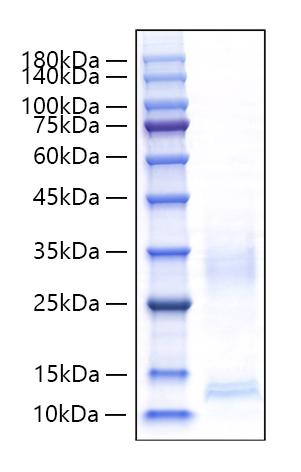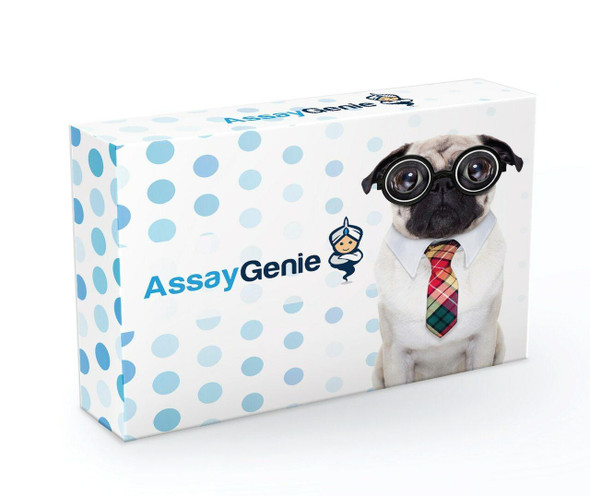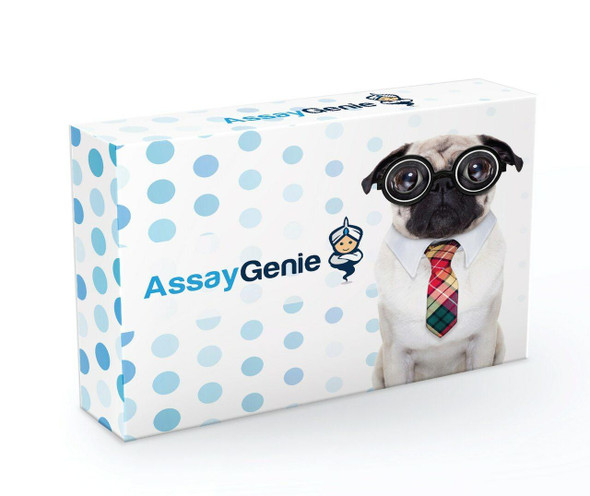Description
Recombinant Mouse CXCL9/MIG Protein
The Recombinant Mouse CXCL9/MIG Protein is a high-quality recombinant protein designed for murine biological research applications. This protein serves as an essential reagent in mouse model studies, comparative immunology research, and preclinical therapeutic evaluations, enabling scientists to investigate CXCL9/MIG biology and its relevance to human disease mechanisms through translational research approaches.
This product (SKU: RPCB2119) is produced using Pichia and features a C-His tag for convenient detection and purification. The protein exhibits a calculated molecular weight of 13.14 kDa with an observed molecular weight of 12-15 kDa under denaturing conditions, achieving ≥ 95 % as determined by SDS-PAGE., ensuring exceptional quality and consistency for research applications.
Key Features
| High Purity by Affinity Chromatography | |
| Mammalian & Bacterial Expression Systems | |
| High lot-to-lot consistency via strict QC |
| Product Name: | Recombinant Mouse CXCL9/MIG Protein |
| SKU: | RPCB2119 |
| Size: | 10 μg , 20 μg , 50 μg |
| Reactivity: | Mouse |
| Synonyms: | Mig, Scyb9 |
| Tag: | C-His |
| Expression Host: | Pichia |
| Calculated MW: | 13.14 kDa |
| Observed MW: | 12-15 kDa |
| Gene ID: | 17329 |
| Protein Description: | High quality, high purity and low endotoxin recombinant Recombinant Mouse CXCL9/MIG Protein (RPCB2119), tested reactivity in Pichia and has been validated in SDS-PAGE.100% guaranteed. |
| Endotoxin: | Please contact us for more information. |
| Purity: | ≥ 95 % as determined by SDS-PAGE. |
| Formulation: | Lyophilized from sterile PBS, pH 7.4 |
| Reconstitution: | Centrifuge the vial before opening. Reconstitute to a concentration of 0.1-0.5 mg/mL in sterile distilled water. Avoid vortex or vigorously pipetting the protein. For long term storage, it is recommended to add a carrier protein or stablizer (e.g. 0.1% BSA, 5% HSA, 10% FBS or 5% Trehalose), and aliquot the reconstituted protein solution to minimize free-thaw cycles. |
| Storage: | Store at -20℃.Store the lyophilized protein at -20℃ to -80 ℃ up to 1 year from the date of receipt. After reconstitution, the protein solution is stable at -20℃ for 3 months, at 2-8℃ for up to 1 week. |
Chemokine (C-X-C motif) ligand 9 (CXCL9), also known as Monokine induced by gamma interferon (MIG), is a small cytokine belonging to the CXC chemokine family. The function of this chemokine has not been specifically defined; however, it is thought to be involved in T cell trafficking. CXCL9/MIG functions as one of the three ligands of chemokine receptor CXCR3 which is a G protein-coupled receptor found predominantly on T cells. CXCL9/MIG, together with CXCL10 and CXCL11, may activate CXCR3 by binding to it. CXCL9 serves as a cytokine that affects the growth, movement, or activation state of cells that participate in immune and inflammatory response. It has been observed that tumour endothelial cells secrete high levels of CXCL9 in all, and CXCL10 in most melanoma metastases. Experiment data represent novel mechanisms by which tumour cells in melanoma metastases might use the chemokine-expressing endothelium to leave the tumour and eventually to form additional metastases at distinct sites. Experiment results also improved that CXCL9/MIG plays an important role in CD4+ T lymphocyte recruitment and development of CAV, MOMA-2+ macrophages are the predominant recipient-derived source of CXCL9/MIG, and recipient CD4 lymphocytes are necessary for sustained CXCL9/MIG production and CAV development in this model. Neutralization of the chemokine CXCL9/MIG may have therapeutic potential for the treatment of chronic rejection after heart transplantation.







